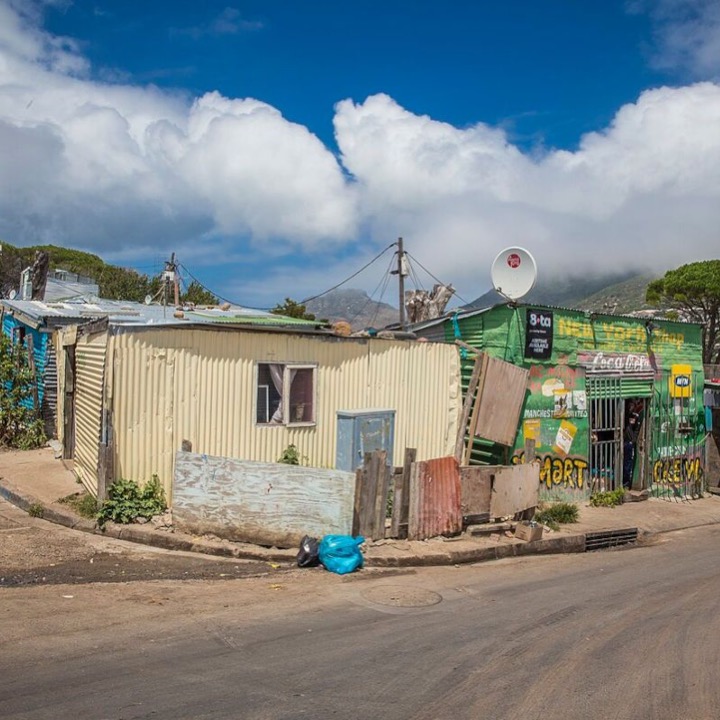South Africa’s informal economy is far larger and more dynamic than it’s often given credit for, described as a trillion-rand micro-economy reshaping views on unemployment and opportunity. Street vendors, spaza shops and township entrepreneurs are central to this story.
The article challenges headline unemployment statistics by highlighting activity that falls outside formal surveys. Drawing on insights from GG Alcock and comments by Capitec’s CEO, it argues the real jobless rate could be far lower than official figures suggest, because many “unemployed” people are in fact self-employed and earning in the informal sector.
Scale indicators back this up: licensed liquor sales in informal markets exceed R110 billion a year; the spaza sector tops R190 billion; micro-rental (“Amaroomi”) income is put at over R30 billion; and the beauty segment exceeds R10 billion. Housing patterns also defy stereotypes, with most residents in formal homes and growing investment in micro-units.
Payments are digitising fast. An independent survey cited reports 42%–60% of transactions now via cards or mobile, with monthly volumes above R2 billion and multiple providers active. Retail density and logistics in townships are expanding too, from rising trading densities to thousands of parcel points.
The piece closes with a clear message: underestimate this sector at your peril. With better policy support and easier conditions for doing business, the informal economy can drive growth while broadening participation.




